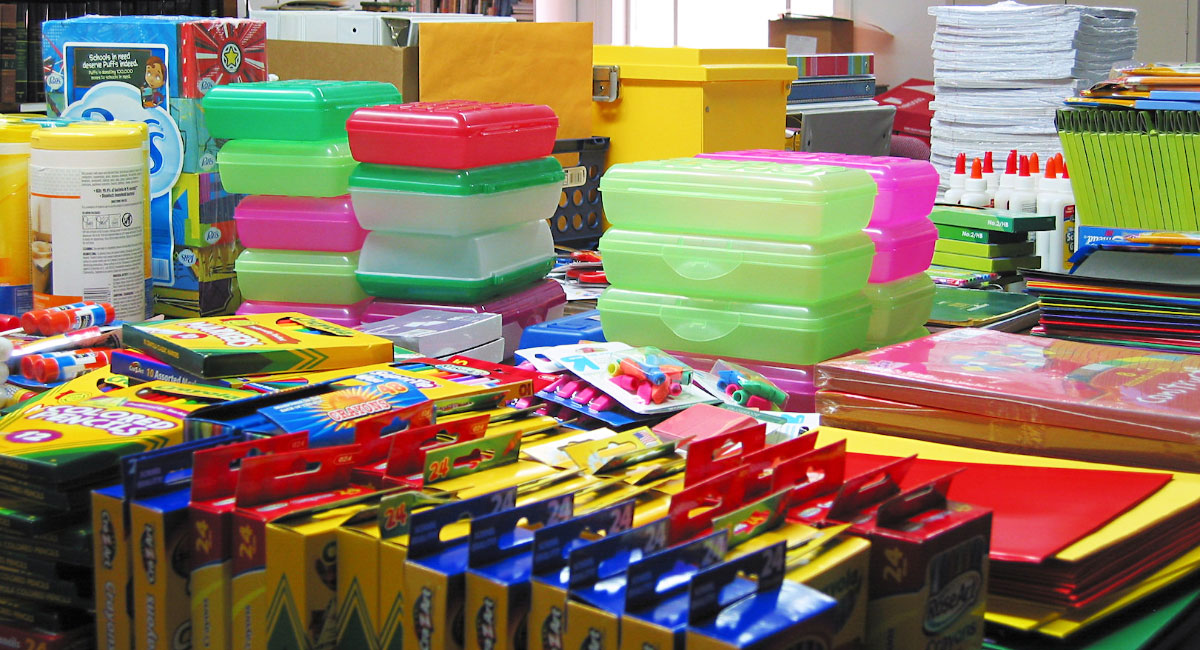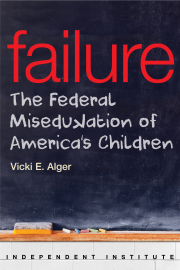Shoppers are expected to spend an average of about $500 on gifts this holiday season. Public-school teachers will likely spend as much, or more, on classroom supplies this school year.
Yet school districts already have budgeted more than $8,000 per classroom for supplies, data from to the National Center for Education Statistics indicate. So why are teachers also serving as school-supply Santas? Parents, teachers, and taxpayers deserve answers.
First, some background. AdoptAClassroom.org, a nonprofit organization that provides funding for school supplies, found that teachers spent an average of $740 each on classroom supplies in 2018, which works out to a staggering $2.3 billion in total teacher spending.
This was up significantly from just a couple of years earlier. During the 2015-16 school year, for example, teachers spent an average of $460 each on classroom supplies, according to an Economic Policy Institute analysis. Teachers in several states, including Arizona, California, Delaware, Hawaii, Michigan, Nevada, New Mexico, and Rhode Island, as well as Washington, D.C., spent more than $500 each that year.
And teachers aren’t the only ones spending hefty sums on school supplies.
Principals spend an average of $683 each annually on supplies for their schools, which amounts to approximately $46.3 million. Parents spend additional billions. Indeed, the National Retail Federation and Deloitte, the giant accounting and consulting firm, report that the average family spent $117 on school supplies this year, more than $6.1 billion altogether. Other estimates place family school-supply spending even higher.
But the spending doesn’t stop there. Deloitte also reported that close to one-third of consumers (31%) plan to donate an average of $50 worth of supplies this school year, roughly $460 million total. And a variety of charitable organizations also are raising money for public-school classrooms.
AdoptAClassroom.org, for instance, raised a reported $2.6 million during the 2017-18 school year. DonorsChoose, founded by Bronx High School history teacher Charles Best nearly 20 years ago, also helps fund classroom projects and needs, as requested by teachers, most of which are for basic materials. Teachers at 83% of public schools nationwide now post their requests on the site, and since 2000, contributions have exceeded $912 million, including more than $130 million so far this year.
This means, when you add it all up that teachers, principals, parents, and donors are spending at least $9.1 billion out-of-pocket annually for school supplies.
What most people probably don’t realize, however, is that their federal, state, and local taxes already are providing about $47 billion annually for school supplies.
Although about 60% of that amount is for school and general administrative needs, overhead, maintenance, transportation, food service, and “other” support services, more than $18.3 billion is for supplies associated exclusively with instruction and student support. That works out to more than $350 per student, or roughly $8,300 to $9,300, per classroom.
That’s enough money to purchase double the number of items on a typical elementary school student’s supplies list and still have more than $500 leftover for general classroom needs. It’s also enough to cover every item on a typical middle- or high-school student’s supplies list, including pricey graphing calculators, and have at least $1,100 extra for the classroom.
With all of this money supposedly available, there is no reason teachers should need to pay for necessary classroom supplies out of their own pockets. The same can be said for taxpayers, many of whom, including parents and donors, are paying twice for school supplies.
Rather than take school wish-lists at face value, parents, teachers, principals, and private donors should insist that officials open their districts’ books before opening up their own wallets. When it comes to providing school supplies, Santa Claus shouldn’t be necessary.









